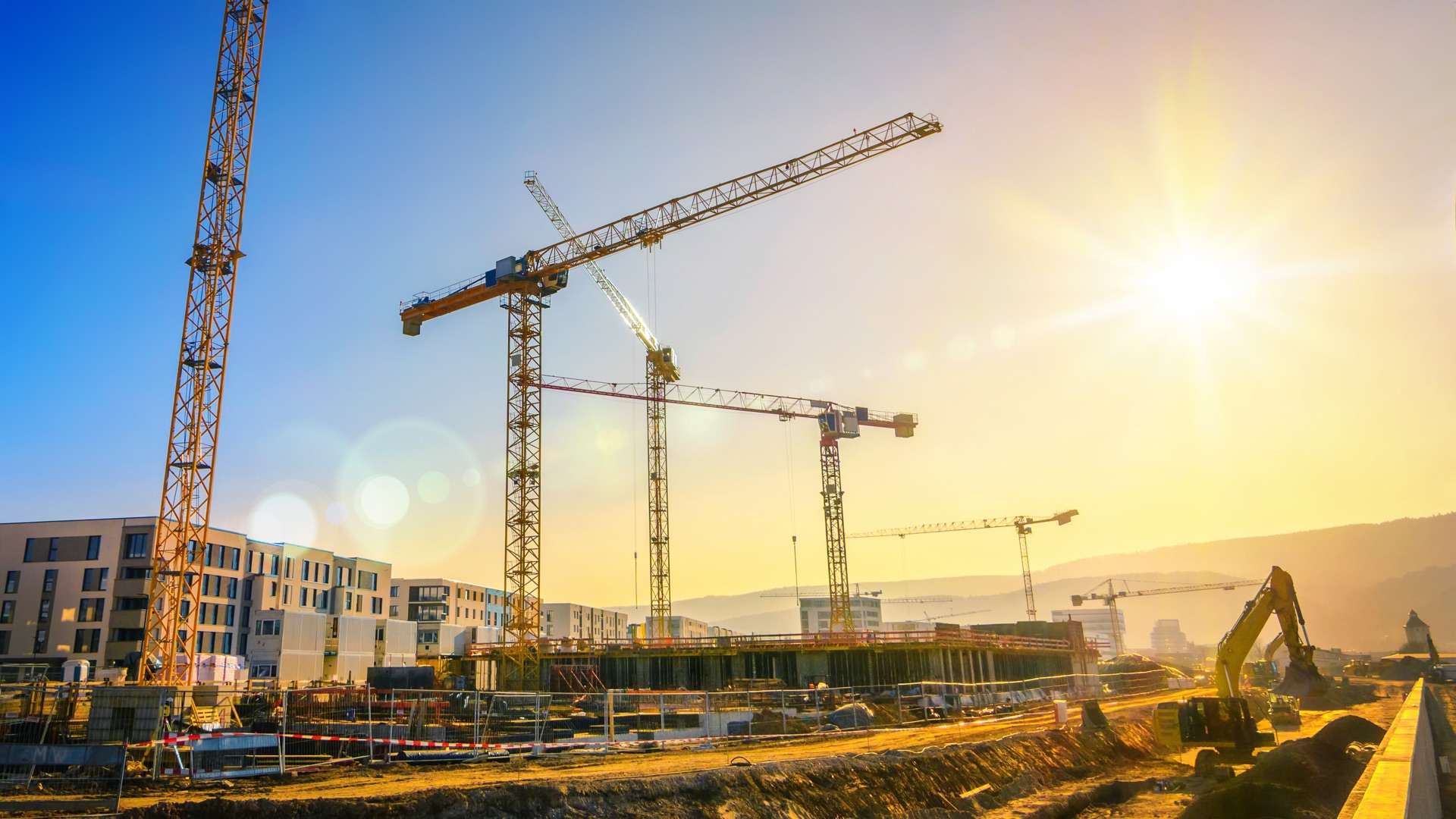Our Advice: Use existing channels for scale and speed
April 10, 2018
After questioning “Where’s the beef?” last week as we reviewed the Administration’s infrastructure investment plan, we’d be remiss not to provide our recipe this week. Our unsolicited advice for the White House & Congress: If you want an infrastructure plan to have scale and speed, use existing channels.
I filled up my gas tank on Sunday to the tune of $46.88. I know that I paid $2.95 per gallon – about half the cost of a gallon of spring water – but I have no idea what I paid in federal and state gas taxes. This admission comes from someone who has issued over $1 billion in gasoline taxes.
Most motorists don’t do a calculation of the spilt between the cost of the gas and the tax levied on top of it; they focus solely on the affordability. And relatively speaking, gasoline in the U.S. is very inexpensive. The federal levy on gas itself is also relatively inexpensive.
The federal government collects roughly 18 cents per gallon on regular gasoline. These funds – a total of nearly $36 billion in 2015 – are collected in the Highway Trust Fund and then are apportioned and returned to each state. States use these critical funds to pay for the construction and repair of highways, roads and bridges.
 The program has been in existence since 1956. Through wars and recessions, government shutdowns and rescissions, the program has worked extremely well to finance the most basic and arguably most important piece of public infrastructure: roads. And it’s a great example of how the federal and state/local relationship can work efficiently. Who in this country doesn’t support better roads?
The program has been in existence since 1956. Through wars and recessions, government shutdowns and rescissions, the program has worked extremely well to finance the most basic and arguably most important piece of public infrastructure: roads. And it’s a great example of how the federal and state/local relationship can work efficiently. Who in this country doesn’t support better roads?
The big challenge to this program is that the tax has not been adjusted for nearly 25 years. It was last increased – to its current level of 18.4 cents – in 1993. It’s a fixed levy, and not tied to inflation. So as cars have become more energy efficient over the past generation, less gas tax has been paid into the Trust Fund per mile. This has led to major underinvestment in road and bridge repair. According to the American Society of Civil Engineers, U.S. roads currently earn a grade of D.
Americans tend to bridle at the mere thought of a tax increase, but according to the U.S. Chamber of Commerce, a 25-cent bump in the gas tax – phased in over five years – would generate nearly $400 billion in additional revenue that could be used to fund our needed infrastructure projects. It’s a fair user tax, and importantly, can turbo boost infrastructure very, very quickly.
For nearly 90 years, the federal gas tax has done an extremely good job of helping finance roads and bridges throughout the country – and a lot of jobs. Maybe it’s time to beef it up.
The other channel we had in mind for boosting infrastructure investment is the capital markets: Provide the tools for issuers throughout the muni bond market to access a deeper pool of capital. To wit, allow issuers In the U.S. to attract capital from the taxable bond markets, including non-domestic capital. Bring back the highly successful Build America Bonds program (BABs) – created under President Obama as part of the American Recovery and Reinvestment Act of 2009. For President Trump, we’d recommend a name change (“Make America Great Again” Bonds or simply MAGA – sounds catchy, no?) and creating the program so it’s free from future Congressional budget rescissions. We’re not going to touch that subject now.
In 2009 and 2010, issuers from across the U.S. attracted new, taxable investors through the issuance of more than $180 billion in BABs. Foreign capital was slow to invest – in large part because the program was temporary and therefore the bonds would be less liquid.
The program was specifically designed to spur new capital expenditure – not refinancing – and offered a tremendous savings to issuers over the borrowing cost of traditional municipal bonds. For investors, it was an excellent new asset class, offering generally stronger credit quality for higher yields than comparable U.S. Treasurys (and corporate bonds). This was the perfect vehicle for U.S. issuers to access new capital. New capital is what is needed to fund a massive increase in infrastructure investment. Currently, the muni bond market is a relatively captive market -- the same set of issuers sell bonds to the same set of investors, with the market cap remaining relatively stable.
In short, there are already existing channels to help truly promote infrastructure improvements in the U.S. without forcing state and local governments to line up private funding. We have the beef; now let’s start cooking.

Colin MacNaught
CEO & Co-Founder @ BondLink



